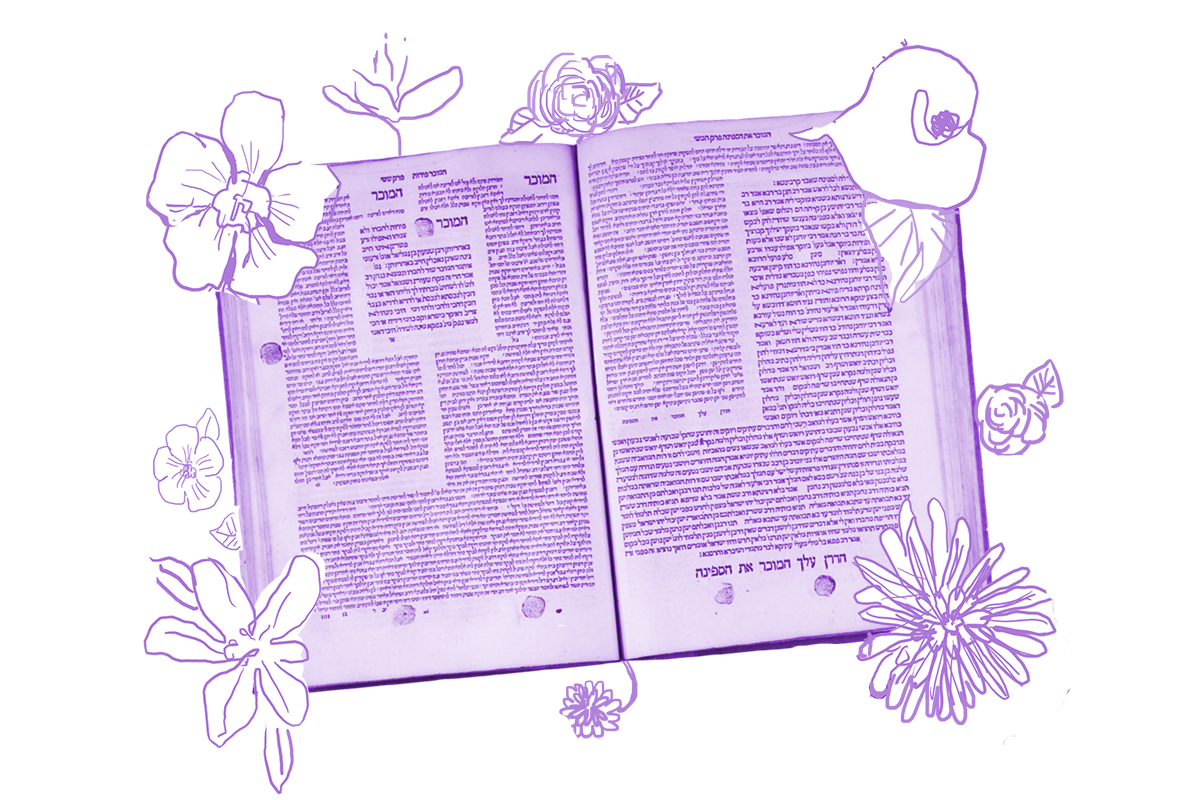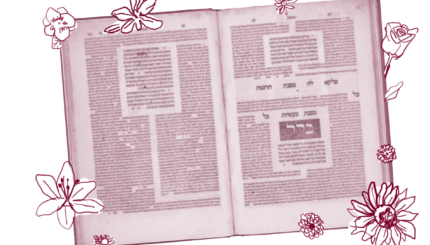Our sages debated and formulated distinctly rabbinic principles for interpretation. Yesterday, we discussed two of those principles: ribui umiyut (“amplifications and restrictions”) and klal uprat (“generalization and details”). We saw that the former was more closely associated with Rabbi Akiva’s school, while the latter was favored by Rabbi Ishmael.
Today, we encounter the words klal and prat used a bit differently, though they continue to mean “generalization” and “details” or, perhaps better in this context, “specification.” Today, they mark two distinct interpretive tendencies. This is a bit abstract, stay with us.
Interpreting text according to the rabbinic principle of klal, generalization, held awesome potential. Those who used this lens considered that words can and perhaps should be understood in the broadest terms — opening up a host of hitherto unseen meanings. On the other hand, the modest guidance of prat demands of those who follow this method a highly sensitive analysis of words, urging the reader to refrain from imagining that the written word speaks to subjects that simply aren’t there. A kind of interpretive yin and yang, these two tendencies pull in opposite directions, expanding and limiting the meaning of the written word. Both had a hold on certain sages of antiquity.
A beraita on today’s daf explicitly marks two interpretations as coming from the klal camp and the prat camp respectively. The rabbis are discussing a case in the mishnah in which someone is accused of withholding a deposit and takes an oath that they do not have it — five times. The question is: If they do in fact have the deposit, are they liable for one or five counts of swearing a false oath? Here is what the beraita says:
According to a klal reading: He is only liable for one transgression. According to a prat reading: He is liable for one transgression for each and every one of the multiple lenders to whom the borrower has lied. — These are the words of Rabbi Meir.
Rabbi Yehudah says: One who says explicitly and falsely in an oath, “Not for you do I have anything to return, nor for you do I have anything to return, nor for you do I have anything to return, etc.” is liable for one transgression for each and every one of the multiple lenders to whom the borrower has lied.
Rabbi Meir gives two different answers, and states that one’s understanding of this law depends on one’s general orientation — klal or prat. For Rabbi Meir, the more expansive school of klal (generalization) calculated that one false oath — no matter how many people were addressed in the moment — could yield no more than exactly one sin. The prat (specification) reading, he argued, is that the oath-taker is liable multiple times, one for each instance of lying about the deposit. Following this teaching from Rabbi Meir, Rabbi Yehuda gives a statement which seems to accord with the second interpretation — the prat reading that the oath-taker is liable multiple times.
The Gemara records that a few amoraim were confused by this exchange. Our sages hated redundancy and suspected that anything said twice (or even just slightly altered) within our canon must have happened for some specific — usually moralistic or legalistic — reason. Rabbi Yehuda seems to be repeating one of the positions stated by Rabbi Meir — so what is he adding to the conversation?
Rav Yehudah said that Shmuel said: What Rabbi Meir calls klal is what Rabbi Yehudah calls prat. What Rabbi Yehudah calls klal is what Rabbi Meir calls prat.
Note that Rav Yehudah (an amora quoted in the Gemara) is not the same as Rabbi Yehudah (a tanna quoted in our beraita). To Rav Yehudah, it seemed plausible that the beraita quoted Rabbi Yehudah side-by-side with Rabbi Meir because Rabbi Yehudah disagreed over what the prat and klal schools taught. More specifically, he disagreed about which legal ruling was klal and which was prat.
It would be rational for the school that tried to amass the greatest possible number of implications by a single text — the klal party — to find the most possible number of sins committed within a single false oath. Instead, the beraita recalls Rabbi Meir suggesting that only the prat readers would have sought a higher count of transgressions. To Rav Yehudah, an amora, it felt clear that Rabbi Yehudah disagreed over how a prat reader would interpret such a false oath.
This is a fascinating window into the complexities of rabbinic interpretive methods: Different philosophies of interpretation did not necessarily yield predictable results— so much so that there may be confusion about which method of interpretation yields which reading.
The debate continues down our daf. Further below, Rabbi Yohanan even suggests that both teachings from Rabbi Meir represented the prat school!
By the flip of the page, the Talmud has moved past the ambiguities posed by the interpretive postures of klal and prat. As we dive back into the messy world of parsing false oaths and their consequences, we take with us the lesson from this exchange — that serious interpretation is neither rote or mechanical.
Read all of Shevuot 38 on Sefaria.
This piece originally appeared in a My Jewish Learning Daf Yomi email newsletter sent on June 8, 2025. If you are interested in receiving the newsletter, sign up here.
With your help, My Jewish Learning can provide endless opportunities for learning, connection and discovery.



